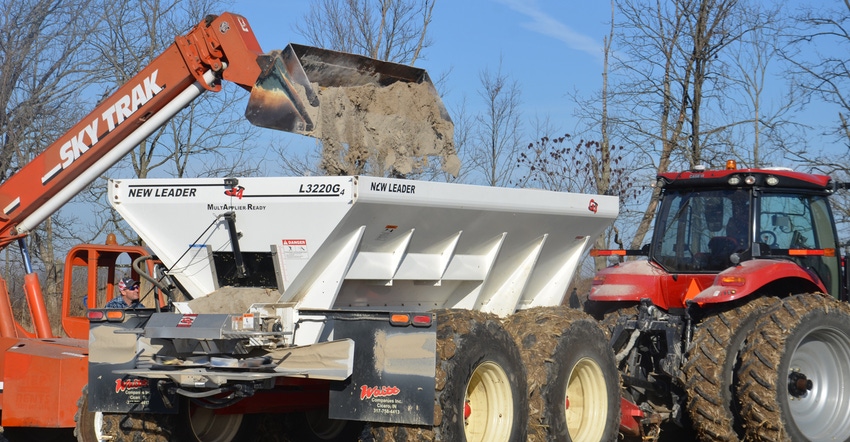
Crawl before you walk and walk before you run. That is basic good advice. Sharp agronomists believe the same applies for crop yields. Expecting 250 bushels of corn per acre on average isn’t realistic unless you cover agronomic basics first.
Matt Clover emphasized that point when he introduced the Pioneer Yield Pyramid decision tool recently. Pioneer, a division of Corteva Agriscience, developed its Yield Pyramid decision tool with 10 versions for 10 distinct regions of the country. Each includes five yield levels. Clover advises reaching for the fourth or fifth level only after conquering the basics in the first three levels.
Recently, Clover, a soil fertility expert with Pioneer; Troy Putnam, a Pioneer agronomist in Ohio; and Kyle Holmberg, a Pioneer agronomist in Kentucky, spent time online with customers explaining how to best use the Pioneer Yield Pyramid decision tool. Here are key takeaways:
Cover the basics first. “If you don’t have nitrogen, phosphorus and potassium at good levels first, then you’re not ready to worry about sulfur, zinc and other micronutrients,” Clover emphasizes. “Make sure those levels are adequate across the field before you set a goal for higher yield.”
Clover includes correcting low pH levels as a basic. If you have acidic soils, add lime to raise pH levels. Once pH levels are correct, nutrient availability improves, he adds.
Keep an eye on potassium. In his corner of the world, Holmberg keeps track of potassium levels closely. “We’re finding it’s important to keep them above the minimal level in many situations,” he says. “We think about nitrogen, but potassium is critical for corn as well.”
Putnam agrees, noting that potassium levels are a key factor in producing maximum corn and soybean yields.
Soil drainage matters. Say you’re eyeing 260-bushel corn yields and haven’t corrected drainage issues. You’ll likely encounter problems more years than not, Putnam says. Tile drainage is especially critical on fields with tight, higher clay soils. He realizes every acre you farm may not be tiled, but it’s important to understand limitations of wet soils, especially in wet springs.
“It may seem hard to capture the value of tile per acre, but if you invest in tile over time, you’re going to raise the trajectory of your yield curve,” Putnam says.
Take a common-sense approach to liming. What if your soil test report calls for more than 4 tons of lime per acre? Do you put it all on in one year or spread it out? Clover recognizes that if an area is acidic, you want to correct the pH quickly to improve nutrient availability. However, he suggests that smaller applications every year or every other year until you reach the correct level is probably a smarter strategy than one big application one time.
Consider nitrogen timing. Preplant application may fit your needs best, but it may not best suit your plants’ requirements for nitrogen, especially if you’re bumping up your yield goal on soils subject to nitrogen loss when it’s wet.
“We like to see some of that nitrogen go on as sidedress in our area,” Holmberg says. “Our growers tend to plant 109-to-120-day hybrids, and later hybrids tend to be large users of nitrogen later in the season.”
About the Author(s)
You May Also Like




